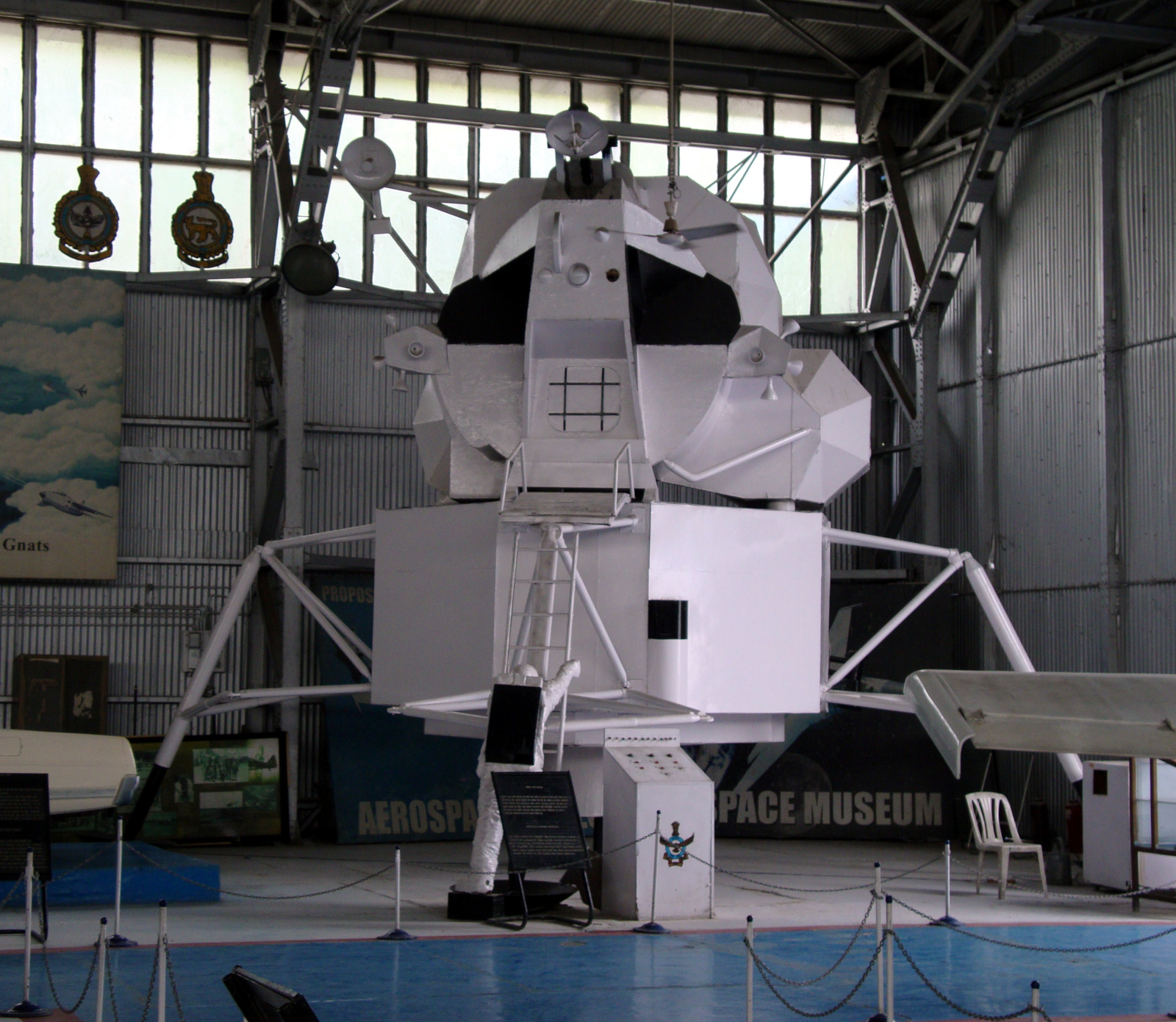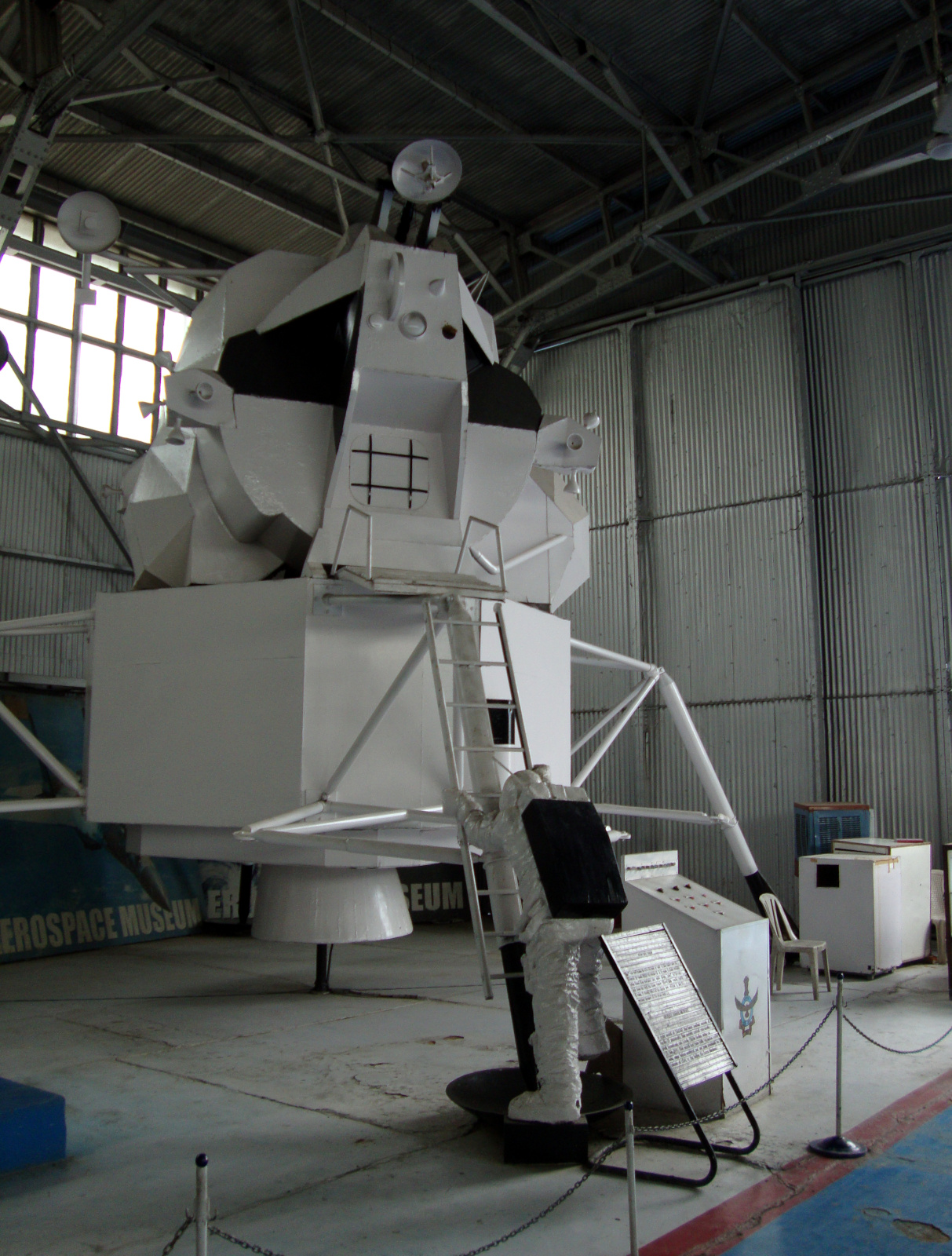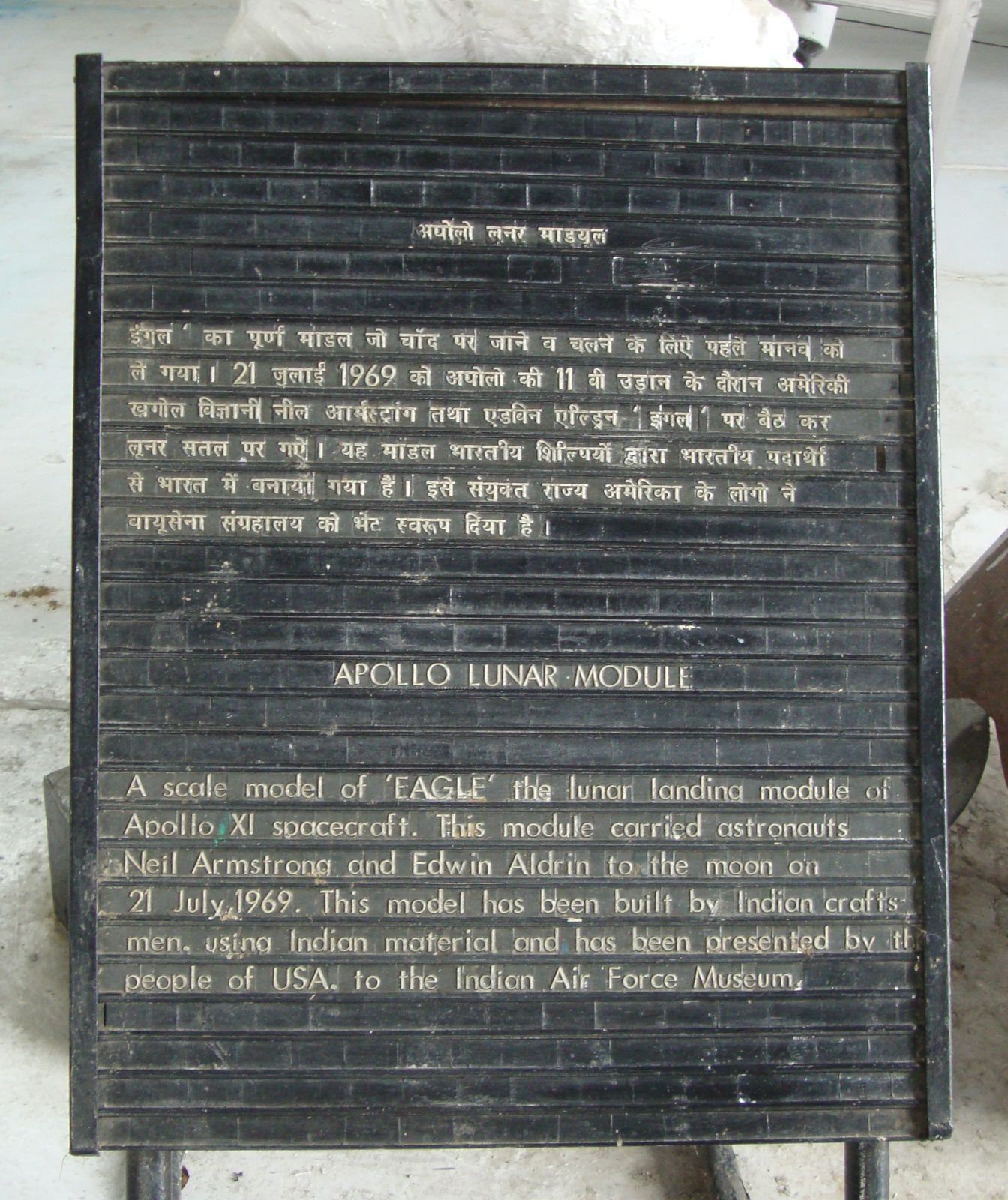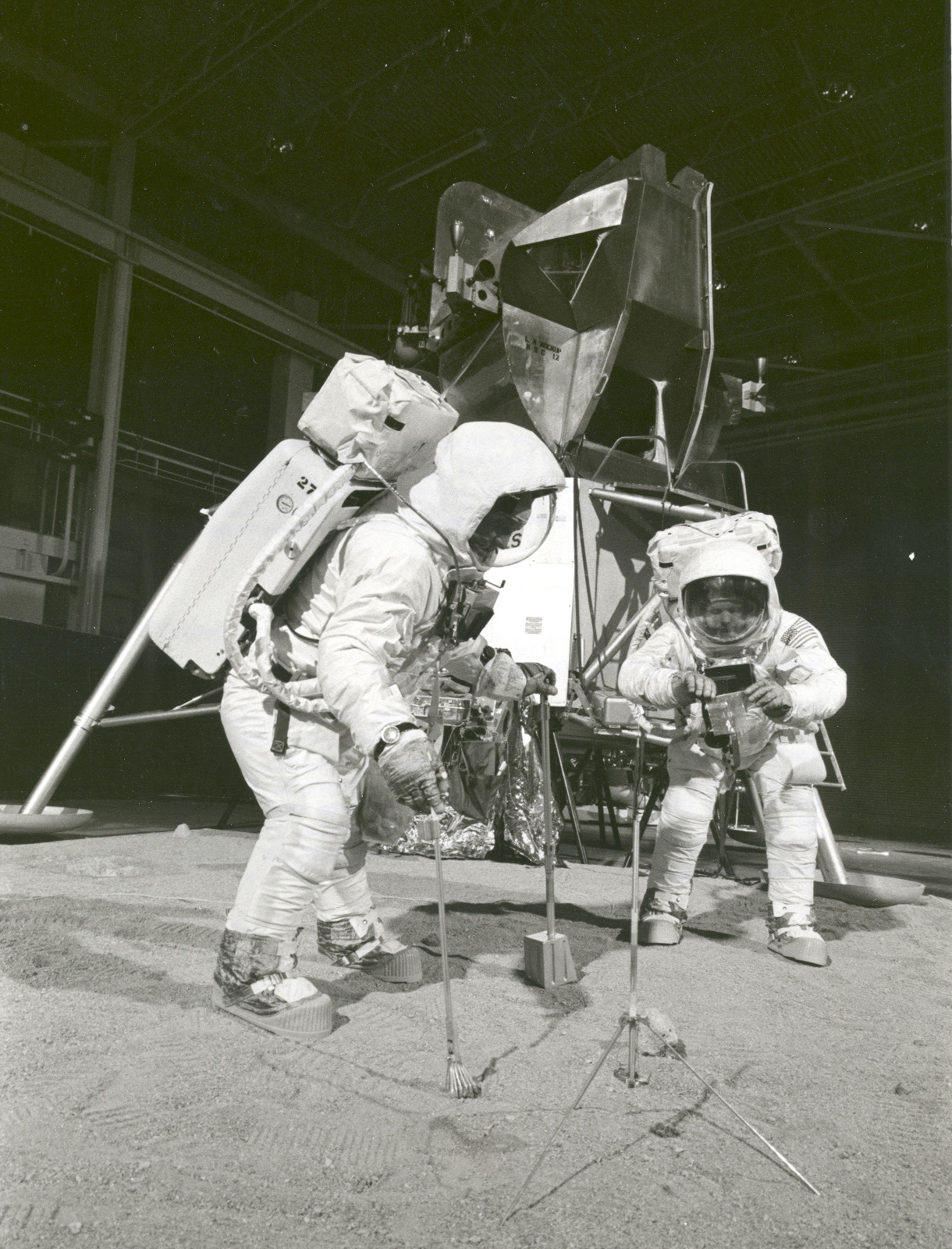The fifth episode of the 1998 HBO miniseries From the Earth to the Moon is about the development of the Lunar Module and its first flight with astronauts, Apollo 9. The episode is narrated by Grumman engineer Tom Kelly (played by Matt Craven), who led the Long Island-based team that developed the lunar lander. In the episode, Kelly directs the development of the Lunar Module from initial concept to its first successful test in Earth orbit.
This was always one of my favorite episodes of the series, and it holds up well. While most episodes of the show are astronaut-centric, this one is not. Tom Kelly and his engineering team are the main characters, and the astronauts don’t even appear until halfway through the episode. Many of the episodes of the show are based on Andrew Chaikin’s A Man on the Moon, but this one is not. It isn’t clear to me what the main source of the episode actually is, as Tom Kelly’s own memoir (Moon Lander: How We Developed the Apollo Lunar Module) didn’t appear until a couple of years after this episode was made.
This is the highest-rated episode of the show on IMDb, so I’m not alone in liking it. What’s so good about it? One factor is certainly that it puts the engineers front-and-center in the narrative. People who like space and like to watch space shows tend to be STEM-types, and they appreciate seeing people like them on screen.
A memorable scene in the episode is a montage about designing the lunar module. The Grumman design team starts with a scale model of the basic NASA concept, and over the course of the scene they refine it into a practical design by reducing the legs from five to four, changing the window design, changing the hatch design, and replacing the heat-shielding with mylar insulation. It’s a scene about engineering, but it’s also about creativity and the creative process in general. As Kermit the Frog says, everybody needs creativity, not just people in obviously creative professions. When I was studying engineering in college (and watching my From the Earth to the Moon DVDs), I needed creativity to tackle problems in my classes and projects. But now as a historian, I still need creativity just as much. I need it for thinking historically while analyzing sources, for figuring out how to present information and arguments in professional writing or blog posts, and for deciding how to teach facts and concepts to undergraduate students. I think this is the fundamental reason why the episode resonates with so many people.
In Part 6, the series finally makes it to the surface of the moon with the Apollo 11 landing. The episode is structured around the coverage of the landing by fictional news anchor Emmett Seaborn of NTC News. A previously-recorded interview with the astronauts is intercut with flashback scenes of the training and preparation for the flight. A couple of these flashbacks are great scenes, including Neil Armstrong crashing the Lunar Landing Training Vehicle (something he did in real life). The episode then shifts to the lunar landing itself, culminating with Neil Armstrong’s and Buzz Aldrin’s first steps on the lunar surface.
There are some strange directorial decisions in the episode. For example, the launch of Apollo 11 is shown in jump cuts, and the final seconds of the countdown are ticking off while the astronauts are still in the van driving to the pad. Also, the found-footage camera work in the interview of the astronauts is jerky and distracting. On the whole, though, this is a solid episode. The filmmakers were able to add real human drama to an event that is familiar and has an ending that everybody knows. (Spoiler: They landed safely on the moon, then came home.)





